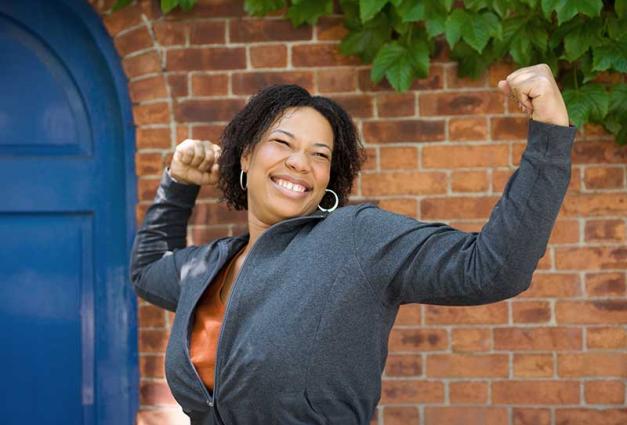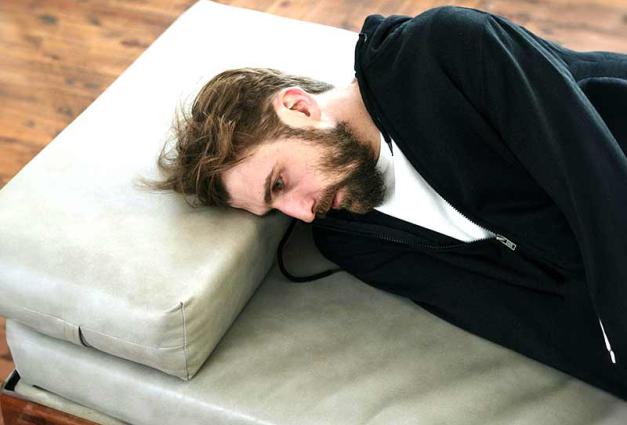People stigmatize unattractive people and particularly those with facial disfigurements. For example, unattractive defendants get harsher sentences for the same crimes compared to attractive defendants and even mothers are less affectionate to their children if they are unattractive.
The Beauty-Is-Good Stereotype
One explanation for prejudice against unattractive people is the Beauty-Is-Good stereotype—producing an often unconscious bias against less beautiful people. According to the stereotype, if a person is seen as unattractive, they are also believed to be lower on traits such as intelligence, competence, or emotional warmth.
My colleagues and I at the University of Melbourne found that physical attractiveness has a particularly strong influence on moral character judgments. When encountering another person for the first time, people are strongly motivated to assess their moral traits. For example, it is important to initially find out whether another person is trustworthy—and hence not a threat—more so than whether they have good humor. We suspected that because people are especially sensitive to moral traits, ironically, those may be the ones that are most strongly biased by irrelevant cues such as a person's physical attractiveness.
We presented viewers with photographs of attractive and unattractive faces and asked them to judge their characters. The photographs were taken from a face database which provided average attractiveness ratings for a wide range of faces. We selected face pairs that differed in their perceived attractiveness but who had the same race and gender. As expected, we found that people perceive unattractive individuals more negatively than attractive individuals and that this effect was stronger for judgments of moral character traits such as trustworthiness, honesty, or selflessness, than for judgments of non-moral traits such as being funny or organized (which were equivalent on the degree to which the traits were perceived as warm). Thus, physical attractiveness influences our perceptions of others more fundamentally than previously understood.
The Behavioral Immune System
Another explanation for why people are prejudiced against unattractive people is that unattractiveness and particularly facial disfigurement can activate the "behavioral immune system"—psychological mechanisms that serve as an early line of defense against pathogens. A key component of the behavioral immune system is the emotion of disgust, which motivates us to avoid diseased objects.
The behavioral immune system works like a smoke detector, minimizing errors that would lead to the greatest costs. Erroneously judging a diseased person to be healthy could potentially be fatal, while judging a healthy person to be diseased has fewer consequences to oneself. As a consequence, the behavioral immune system is over-sensitive and can get activated by cues that only resemble disease.
While unattractive and facially disfigured people typically do not have a disease, diseases can cause facial disfigurement (for example, leprosy causes skin lesions and deformed extremities), and therefore, disfigurement can be perceived to be a disease cue. Because of this, people with facial disfigurement are often treated as if they have an infectious disease.
We theorized that this would also shape how people judge unattractive people's character. Following up on our research, we predicted that physical attractiveness does not only selectively bias moral character judgments, but may particularly bias moral character judgments pertaining to the moral domain of purity. Moral judgments are made on a number of dimensions. Notably, people morally condemn behavior that harms others such as punching another person (harm violations), as well as behavior that increases the risk of being exposed to pathogens such as spitting on a sidewalk (purity violations). Indeed, we found that people expect unattractive people to more likely to engage in purity norm violations (but not harm violations) compared to attractive people. This suggests that unattractive people are not only perceived as more immoral than attractive people but they are specifically expected to engage in moral norm violations that are 'disgusting.'
How Can We Reduce Bias Against Unattractive People?
Bias against unattractive people is deep-seated. However, it does not mean that we cannot overcome it. An important step to reduce it is to be aware that a person's physical attractiveness shapes our perceptions of them and that we are biased against people who are unattractive and particularly those with a facial disfigurement. This means we also need to dispel the adage that "beauty is in the eye of the beholder." Though well-intended, it has the same psychological function as believing "I don 't see color" in response to racial prejudice in that it denies the social reality of people who are unattractive. Unattractive people know that they are treated worse because of their appearance. Instead, we should acknowledge that physical attractiveness matters but that there are more important human qualities that define us as a person.
For Further Reading
Dion, K., Berscheid, E., & Walster, E. (1972). What is beautiful is good. Journal of Personality and Social Psychology, 24(3), 285-290. https://psycnet.apa.org/doi/10.1037/h0033731
Klebl, C., Rhee, J. J., Greenaway, K. H., Luo, Y., & Bastian, B. (2022). Beauty goes down to the core: Attractiveness biases moral character attributions. Journal of Nonverbal Behavior, 46(1), 83-97. https://doi.org/10.1007/s10919-021-00388-w
Klebl, C., Rhee, J. J., Greenaway, K. H., Luo, Y., & Bastian, B. (2021). Physical attractiveness biases judgments pertaining to the moral domain of purity. Personality and Social Psychology Bulletin, 01461672211064452. https://journals.sagepub.com/doi/full/10.1177/01461672211064452
Schaller, M., & Park, J. H. (2011). The behavioral immune system (and why it matters). Current Directions in Psychological Science, 20(2), 99-103. https://doi.org/10.1177%2F0963721411402596
Christoph Klebl is a postdoctoral research fellow in social psychology at the School of Psychology, University of Queensland. His research focuses on the function of aesthetic judgments and their role in morality.




